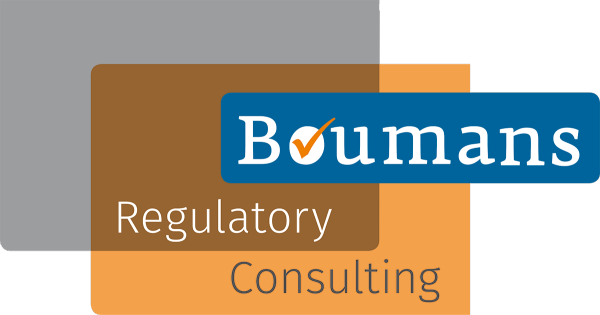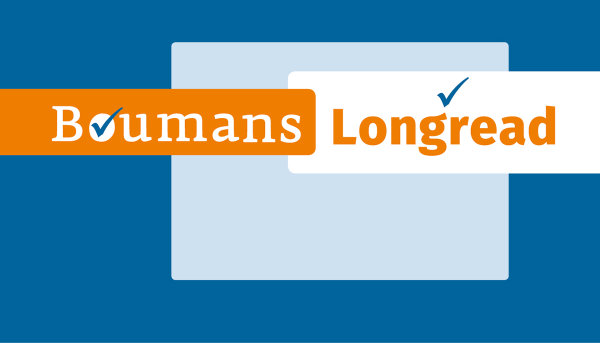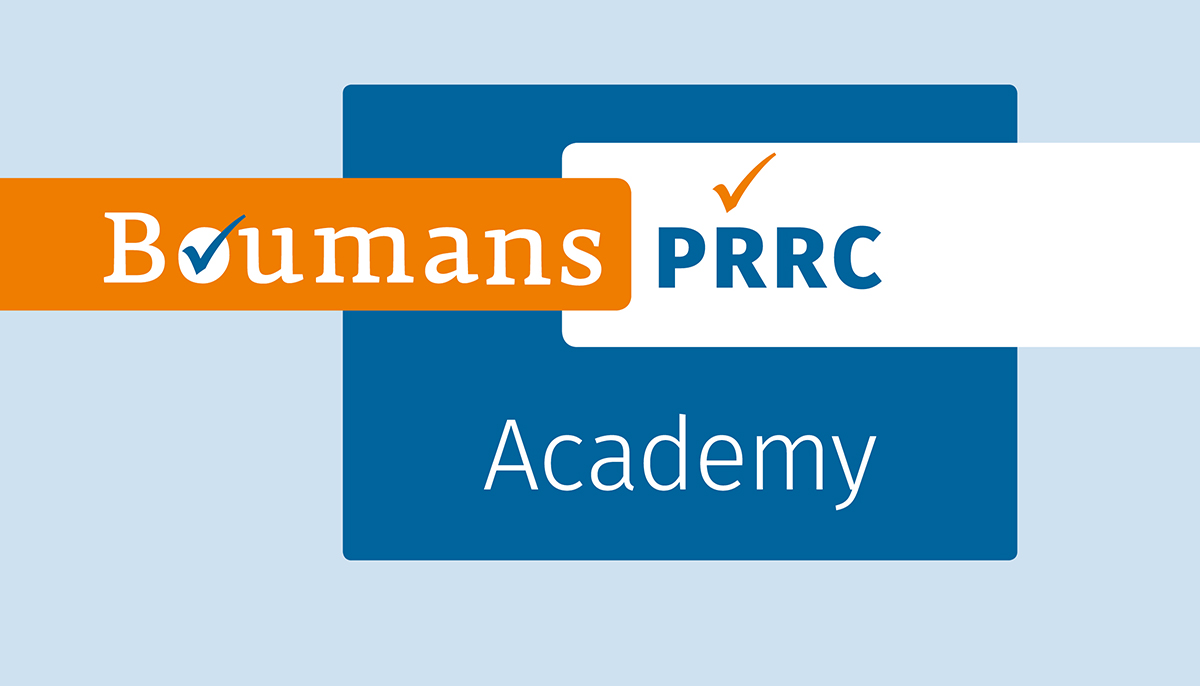Instead of guidance: position paper
MDCG 2022-11 is presented as a position paper of the MDCG about how manufacturers of medical devices may approach the MDR certification bottleneck around May 2024. Personally I think this is one of the best guidance documents the MDCG has produced so far, because it tells industry very well what to do, without adding new legislation or changing existing legislation. More importantly, the MDCG gives a very clear warning: with explaining that 70% of MDD/AIMDD certificates expire in 2024, the MDCG makes clear they are aware that not all manufacturers may be able to switch their certificates from the Directives to the MDR in time. They also provide some data from notified bodies, indicating that more than a half of the applications have been refused because they were incomplete. This suggests that the majority of the manufacturers is not sufficiently prepared, despite having had time since 2017 to do that.
The MDCG dismisses the Article 59 derogation procedure as a way for companies to add some extra time to the validity of their MDD/AIMDD certificates. This can only be granted on grounds of public health interests, while economic grounds are not considered to justify this procedure. However, the MDCG mentions certain measures in Chapter VII of the MDR dealing with non-compliant devices. Article 97 describes that in certain cases of a non-conformity, the manufacturer can be given ‘a reasonable period’ to bring the device into compliance. This article even has the option of an implementing act to harmonize this approach between all Member States (Article 97(3)). So there could be a hidden promise in the position paper: the authorities may be preparing an implementing act for derogation of the MDR certification for manufacturers that have made that reasonable attempt to comply. They also specify what they mean by ‘a reasonable attempt’: the manufacturer must have submitted a complete and compliant application to their notified body at least one year before the expiration date of the certificate.
Are you at risk?
You can only be certain about your MDR certification if you are MDR certified. That means that all other manufacturers should consider being at risk of losing access to the European market. As a result of this position paper, notified bodies may respond by applying a ‘light’ review of the documentation to check for completeness and a basic level of compliance. If a company passes this test, their application can be considered as submitted and may be covered under any further measure providing some relief. Companies should be aware there are differences in the levels of risk regarding their application. A manufacturer that is ready and has an agreement with their notified body about when their certification process should start, has a much better position than a company where staff is asking about being trained for the MDR and most of the transition process still has to start. If you want to get some understanding of where you stand, here are four basic questions:
- Do you have an agreement with a notified body? If not, did you get a quote from a notified body? If not, have you selected a notified body? If not, do you know a strategy to select a notified body and get a quote?
- Is your quality management system already certified for the MDR? If not, did you have an external internal auditor ruthlessly go over it and did you CAPA these findings, so your quality manager thinks most issues have been identified and addressed properly? If not, did you at least have that internal audit? If not, have you planned this internal audit on very short term?
- Are you sure your technical documentation as required by Annex II is up to scratch? Really…? Did you have someone assess your documentation critically for completeness and consistency in such a way that a notified body will probably have only limited findings or better?
- Is your post-market surveillance documentation as required by Annex III fully applicable with Annex XIV? Are you linking risk management and clinical evaluation with pro-active collection of real life data? Has your clinical evaluation process been scrutinized by an independent expert? If not, did you have someone go over your clinical evidence with a very critical eye to see if that holds against the MDR?
Undoubtedly there will be manufacturers that feel confident they can reply in a positive way to above questions. But if you can’t, or if you just want to be sure that confidence is justified, make sure you get appropriate help to prepare for timely submitting your documentation to your notified body.
Time is running out
In general notified bodies will perform a completeness plus a ‘light touch’ review for submissions, so there is some kind of evidence for industry to show they undertook their reasonable attempt to be certified in time. That review will take time and so does your preparation. That means that time is running out quickly, I’ll show you how that works:
- Suppose your MDD or AIMDD certificate expires on 26 May, 2024. In that case you have to have confirmation from you notified body that you have successfully submitted your application by 26 May, 2023.
- Your notified body needs time to do the initial check of your submission and you will not be the only one trying. You should count on at least 4 months for that check (preferably longer), so you must have filed the application not later than 26 January 2023.
- In order to be sure that you really tick all the boxes, you need to check your documentation for gaps. You can do that yourself, or you may want to have an external consultant look at that. A gap review and gap closure will take at least 4 months, but possibly longer. That means that this gap review should start before 26 September 2022.
- If you want to hire a consultant, factor in that the good ones are already mostly busy. Especially the high end, highly experienced consultants are already in short supply. There is also time needed between the moment a company decides to hire a consultant and the moment they can actually start. If you have really good internal processes, you may do that in one month. As a consequence you need to have booked your consultant by 26 August 2022.
Please note that this only works if you already have selected a notified body. If not, this should also be high on your priority list.
Plan B, Plan C
Obviously, the above is actually your Plan B, because Plan A would have meant that you would have been certified by now already. But if you are not sure you will make that jump in time, you may have to use a totally different approach. This Plan C is also something to prepare anyway, because there is always the risk of the notified body refusing a certificate. In that case you have to join at the end of the queue, which may take quite some time.
Devices that have been placed on the market in compliance with the legislation as it applied there and then, can be made further available on the Union Market. This can be ensured in various ways, as I explained in an earlier Tip of the Week. But it is essential to understand that a device can only be placed on the market if it physically exists. If you have devices with a considerable shelf life, you could funnel as much stock as possible to the EU market just before your certificate expires and then hope that somewhere in the months to come you can still have your devices certified. Obviously, if there is some sort of additional timeline for manufacturers that applied in time, the notified bodies may still be extremely busy months after May 2024. Therefore I recommend to calculate for at least two years of stock. You have less than two years to organize that.
For booking your time with a high-end consultant: ronald@boumansconsulting.com




